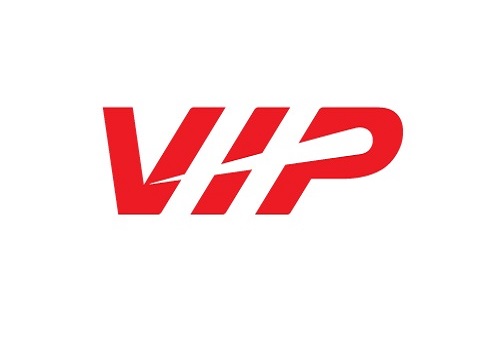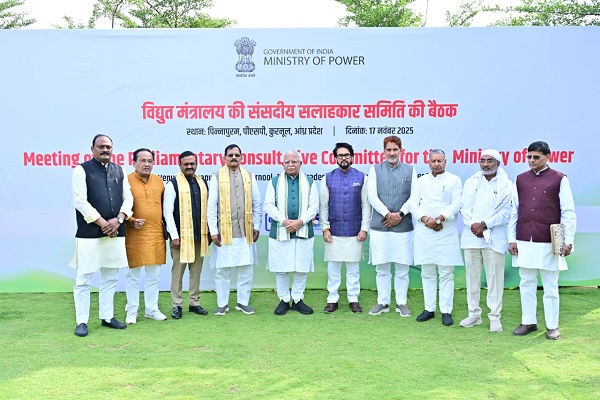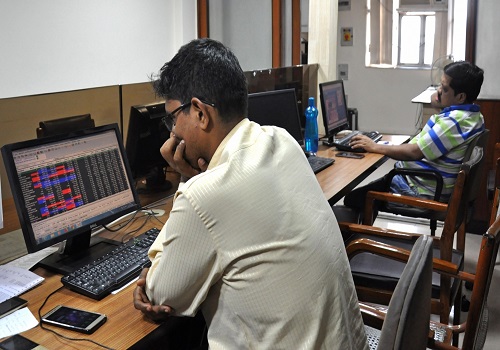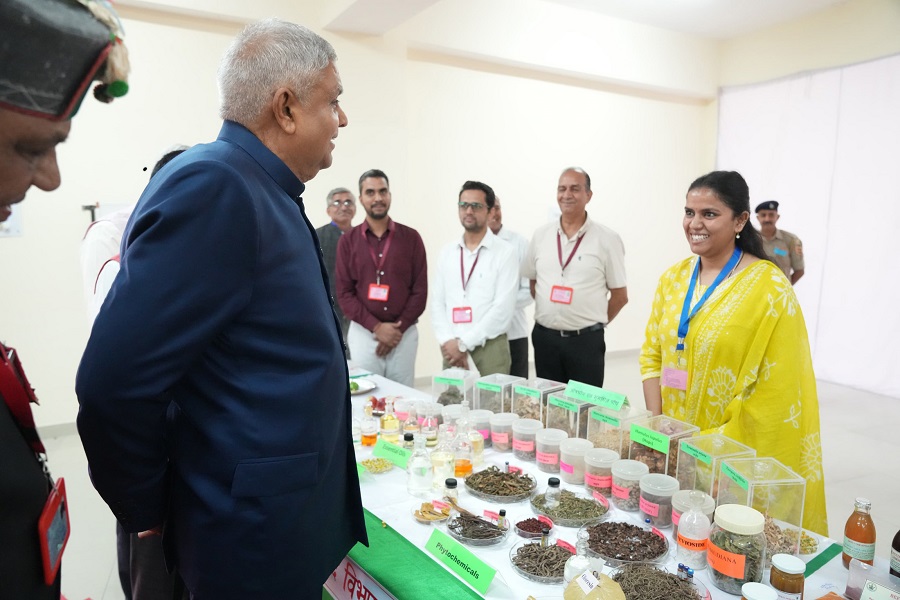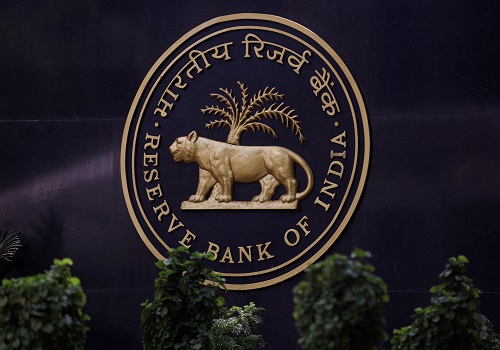Sectoral Credit Deployment for October 2024 by CareEdge Ratings
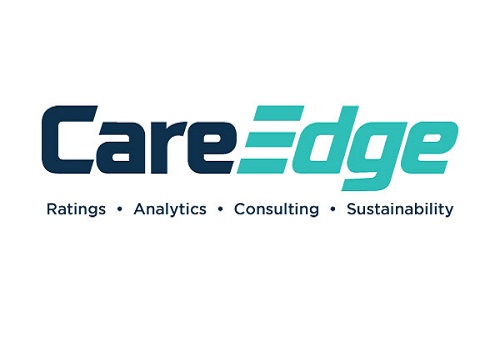
Synopsis
* Non-food credit offtake slowed to 11.5% y-o-y in October 2024, down from 20.0% (including merger) and 15.4% (excluding merger) in October 2023. This slowdown is attributed to a higher base effect, RBI measures such as higher risk weights and the proposed LCR norms, and a focus on managing the Credit-toDeposit ratio (which remained around 80%). Credit offtake in October 2024 was driven by industry (large and MSMEs), gold loans, and mortgages, partially offset by lower growth in NBFCs and other personal loans.
Summary of Sectoral Performance
Figure 1: Monthly Gross Bank Credit Offtake Continues to Cool (%)

Source: RBI, Merger between HDFC Bank and HDFC Ltd is effective from July 01, 2023, so data is not comparable directly
Figure 2: Growth Sustains in Industry & Cools in Services and Personal Loans (y-o-y, %)

Source: RBI, Merger between HDFC Bank and HDFC Ltd is effective from July 01, 2023, so data is not comparable directly
After growing in the 14%-16% range over the last two years, credit growth moderated to 11.5% in October 24. The slowdown in the personal loans and services segment, largely a slowdown in lending to NBFC, is the key reason behind this deceleration. Other sectors are holding up well. Non-food bank credit in October 2024 grew by 11.5%, compared to 20.1%.
* Personal loan growth decelerated to 12.9% y-o-y in October, compared to 29.6% recorded a year ago, due to a decline in growth in other personal loans, vehicle loans, and credit card outstanding. The services sector growth stood at 12.7% in October 2024, down from 24% a year ago, primarily due to lower growth in credit to NBFCs and trade.
* Credit outstanding to industry grew by 7.9%, compared to 5.4% in the year-ago period, supported by chemicals and chemical products, petroleum, coal products and nuclear fuels, and all engineering segments.
* Meanwhile, agriculture and allied activities registered a growth of 15.5% y-o-y in October 2024, compared to 17.4% in the same month of last year.
Figure 3: Increase in risk weights slowed NBFCs, credit card and other personal loans (y-o-y, %)

Source: RBI, Merger between HDFC Bank and HDFC Ltd is effective from July 01, 2023, so data is not comparable
Broadly speaking, the slowdown in personal and services loans can be primarily attributed to an increase in risk weights by the RBI on consumer credit, credit cards and NBFCs, along with an increased risk perception of these segments and some increase in the delinquencies.
* The credit extended by banks to NBFCs, which had shown a consistent upward trend for nearly six years and accelerated alongside the phased reopening of economies after the Covid-19 pandemic (primarily ascribed to the expansion in the AuM of NBFCs), has reversed. The banks' o/s credit exposure to NBFCs stood at Rs 15.4 lakh crore as of October 2024, indicating a 6.4% y-o-y growth, which has reduced to nearly a third compared to the growth rate reported in October 2023. Since December 2023, advances to NBFCs have lagged the overall bank credit growth. This can be attributed to regulatory actions (risk weights), base effect, and capital market borrowings. Advances to NBFCs experienced a slowdown in growth at 1.0% in October 2024, compared to December 2023. Additionally, the proportion of NBFC exposure to aggregate credit has reduced from 9.4% in October 2023 to 8.9% in October 2024.
* Credit outstanding growth has been slowing after the risk weights were increased. The pace of growth in credit card outstanding decreased to 16.9% from 28.0% during this period.
* The other personal loans segment touched Rs 14.3 lakh crore, rising by 10.9% y-o-y, which is less than half of the 25.5% rate recorded in the year-ago period. The deceleration can be attributed to RBI’s increasing risk weights on consumer loans and with some banks indicating stress in the portfolio.
Figure 4: Slowdown in Infrastructure as well (y-o-y, %)

Source: RBI, Merger between HDFC Bank and HDFC Ltd is effective from July 01, 2023, so data is not comparable directly
The infrastructure (share within industry 34.4% share) witnessed a credit growth of 1.6% y-o-y in October 2024, up from 1.0% in the year-ago period. The power segment (the largest segment of infrastructure, with a share of 49.8%) witnessed a growth of 4.4% in October 2024, compared to a decline of 2.6% in October 2023. Meanwhile, credit offtake for roads reduced to 2.3% y-o-y in October 2024, down from 9.4% in October 2023.
Figure 5: Slowdown in auto loans as well (y-o-y, %)

Source: RBI, Merger between HDFC Bank and HDFC Ltd is effective from July 01, 2023, so data is not comparable directly
Vehicle loans registered a lower growth of 11.4% y-o-y in October 2024, compared to 20.0% in the year-ago period. The slower growth was due to muted automotive sales. Meanwhile, November is likely to witness some increase given the higher passenger vehicle sales for the month.
Figure 6: Growth in Select Segments Continues (y-o-y, %)

Source: RBI, Merger between HDFC Bank and HDFC Ltd is effective from July 01, 2023, so data is not comparable directly
However, growth in mortgages, agriculture, large corporate loans, and commercial real estate is holding up, partially offsetting the impact of the slowdown in the prior segments. Commercial real estate credit rose by 13.9% y-o-y in October 2024. Meanwhile, housing loans grew by 12.1% y-o-y in October 2024, compared to 36.6% (ex-merger: 14.8%) a year ago. This decline in growth was due to merger and high base effects but was supported by upcoming residential projects, high-value sales, and incentives & schemes offered by developers.
Figure 7: Meanwhile Gold Loans have increased significantly (y-o-y, %)

Source: RBI, Merger between HDFC Bank and HDFC Ltd is effective from July 01, 2023, so data is not comparable directly
Advances to individuals against gold rose by 56.2% in October 2024, up from the 13.1% growth reported in the year-ago period. The increase in gold prices has made gold more attractive as collateral. Growth can also be attributed to a shift from NBFCs and a preference for secured loans over unsecured loans.
Above views are of the author and not of the website kindly read disclaimer

